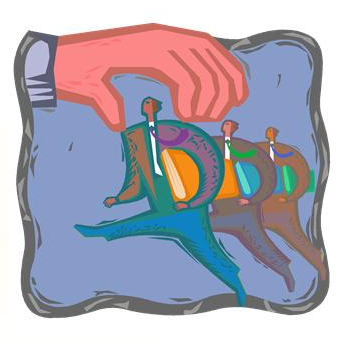Working Successfully with eDiscovery and Litigation Support Service Providers: Preparing an eDiscovery Processing RFP

Last week, we covered preparing a RFP for eDiscovery Collection and Forensics. This week’s RFP discussion will focus on processing eDiscovery, and today we’ll cover the information you should provide to a vendor regarding your collection and your requirements. Remember, the more thorough you are, the better the vendor will be able to gauge the scope and complexity of your project.
Here’s information the vendor will need to give you accurate cost and schedule information:
- An estimate of the volume. That is, the number of gigabytes or terabytes of data to be processed.
- A description of the data files you expect will be found in the collection (for example, Word documents, Excel documents, PST files, and so on).
- A description of the deliverable you’ll be providing to the service provider (the media on which the data will be provided, whether you’ll be uploading data to the service provider’s server) and a schedule for data delivery.
- Will de-duplication be required, and if so, by case or by custodian?
- What filtering will be required? Let the service provider know if you’ll be providing keywords, date ranges, and other criteria for filtering.
- Are any files password protected, and if so, how should the vendor handle those? Should they try to crack the passwords?
- If you are requiring images, are endorsements required? If so, what endorsements? Bates numbers? Text, such as confidential or other stamps?
- Describe the deliverables you will require from the service provider, including data file formats, image file formats (single-page TIFF, multi-page TIFF, PDF), searchable text, load file fields, etc. Let the service provider know the target review tool you expect to use.
- The date by when the work must be completed, and if there will be processing priorities and interim deadlines.
- Describe your expectations regarding the need for the service provider to testify.
Armed with this information, a good vendor should be able to provide accurate cost and schedule information for processing your collection. In the next post, we’ll cover RFP questions for processing and conversion services.
What type of information do you provide to a vendor in an RFP for processing eDiscovery? Please share any comments you might have and let us know if you’d like to know more about an eDiscovery topic.





